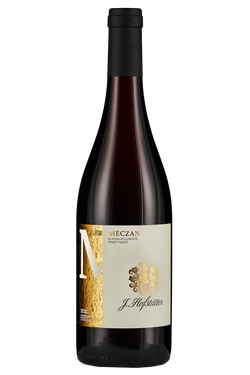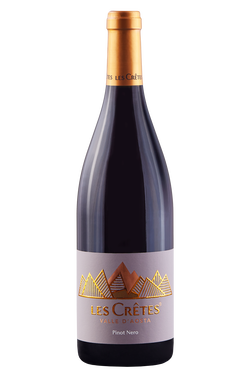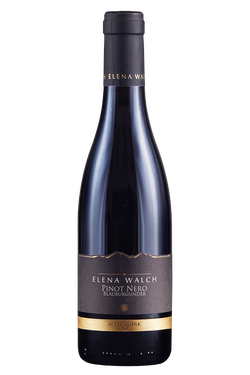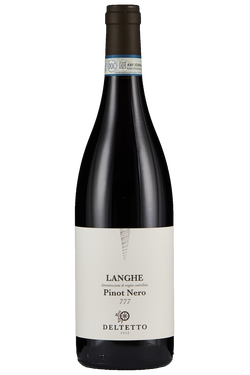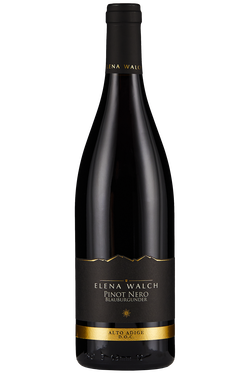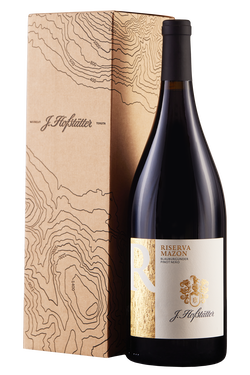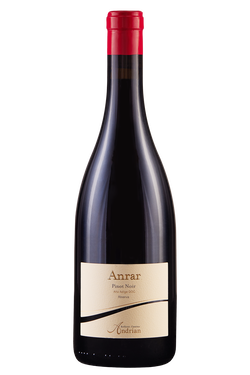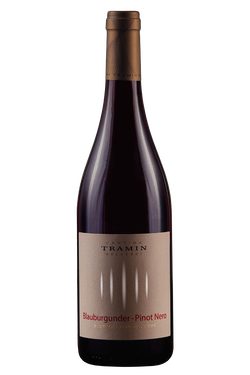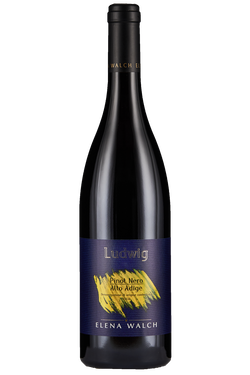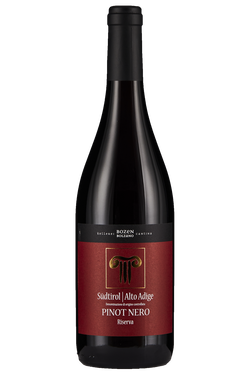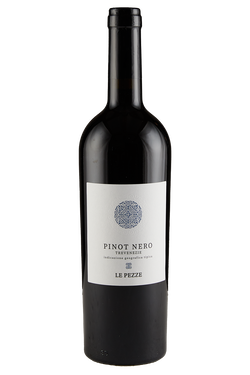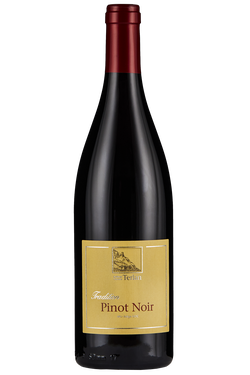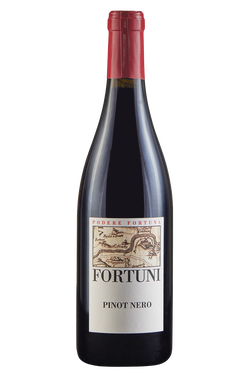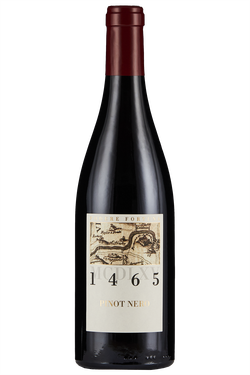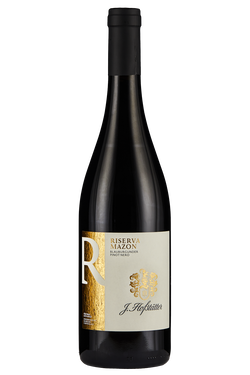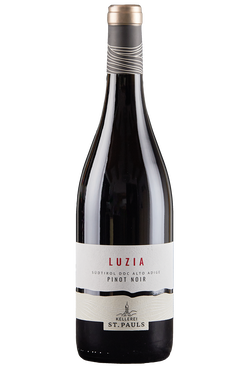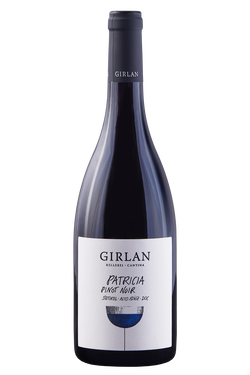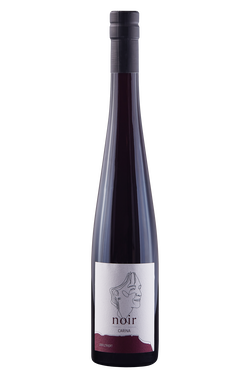Characteristics of Pinot Noir
Thanks to its enormous versatility, Pinot Noir (Pinot Nero in Italy) can produce white, red, rosé and semi-sparkling wines. Red wine from Pinot Noir shows a slightly pale, delicate, almost transparent ruby colour when young, which tends towards garnet with ageing. Its subtle, delicate nose is the quintessence of elegance, with characteristic aromas of berries and forest fruits (wild strawberries, raspberries, currants, cherries, blackberries) ushering in floral nuances of rose, jasmine and violet. With ageing, the bouquet acquires complexity, and Pinot Nero Riserva offers balsamic and spicy notes of musk and forest floor, mint, wood resin, pink pepper, tea and oriental spices, ginger, roasted coffee, hazelnuts and leather. White wine from Pinot Noir forms the ideal basis for the production of Metodo Classico sparkling wines: its ethereal colour, characteristics of elegance and good acidity give body, complexity and longevity to Champagne and the best known Italian Metodo Classico wines (Oltrepò Pavese, Franciacorta, Trento DOC and Alta Langa, to name a few). With a brief contact of the must with the skins, perfumed, fresh and delicate rosé sparkling wines are obtained.
Production areas
Enfant Terrible of France, standard bearer of Burgundy and international vine par excellence, also in Italy, Pinot Noir (Pinot Nero, as it is known in Italy) finds terroirs suitable for impressive, extremely elegant wines. One of the most suitable areas is undoubtedly Trentino-Alto Adige, especially on the Mazzon plateau, ideal for viticulture thanks to its excellent aspect, limestone and clay alluvial soils and breezes from Lake Garda. Here Pinot Noir produces fresh, lively wines with attractively rich red berry fruit and delicate hints of spice. Superb expressions can also be found in Lombardy, especially in the Oltrepò Pavese and in Franciacorta, wine-growing regions renowned above all for the production of white or rosé metodo classico sparkling wines. These outstanding wines reflect a territory where Pinot Noir has found its natural habitat. In Veneto in Breganze, in Piedmont, on the slopes of Etna in Sicily and in the green valleys of Mugello and in the Casentino, in Tuscany, still versions of red Pinot Noir wine are produced, showing a rounder, more velvety body, brimming with ripe berry fruit and notes of spice.
The Pinot Noir variety
Although the origins of this vine are not fully known, it is certain that Pinot Noir is one of the oldest varieties, with a long history dating back to the first century. Burgundy, in France, has long been its spiritual home, and produces some of the best monovarietal Pinot Noirs in the world. As Burgundy’s wines soared in fame and price, winemakers around the world sought to emulate that region’s success. This led to the spread of Pinot Noir plantings in other parts of Europe and the New World. Its arrival in Italy dates back to 1800, in Alto Adige. Its name is due to the shape of its small, compact cluster similar to a pine cone. It is an early ripening variety, which is why it prefers limestone or sandy soils and cool climates, so that aromas and elegance develop during ripening, without being weighed down by high alcohol content. It has a thin skin and produces light hued, medium to light bodied wines with high acidity and delicate tannic structure.
Pairings
Thanks to its eclectic, variegated nature, Pinot Noir is one of the wines most easily paired with food, and makes an excellent choice for accompanying the whole meal, or when both meat and fish are served. The best food pairings for Pinot Noir red wines should balance the wine’s beautiful fruit flavours, bright acidity, and elegant style. These qualities make it an ideal companion to lighter, lower-fat red meats such as duck and lamb, or white meats such as turkey, pork and chicken. Even fish, especially if full-flavoured, as in the case of salmon or tuna, can be successfully paired with Pinot Nero, as can mushrooms and truffles, especially in risottos and pasta dishes. On the other hand, white and sparkling Pinot Neros, with their dry, fragrant character, can make excellent aperitifs, and represent the perfect choice with antipasti and cured meats. A classic example is that of the pairing of Franciacorta and mortadella; a real treat! They go equally well with risottos, shellfish, and also with pizzas and focaccia.




